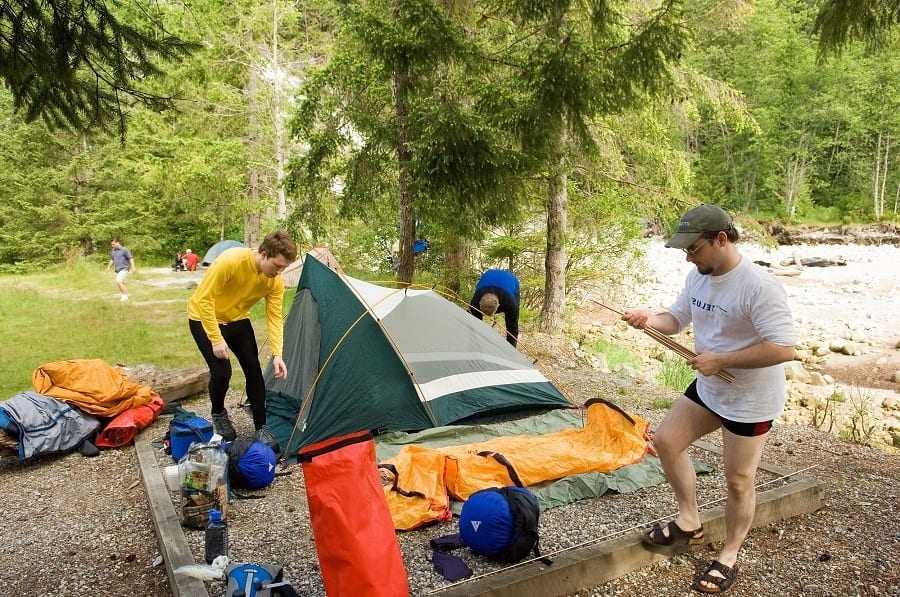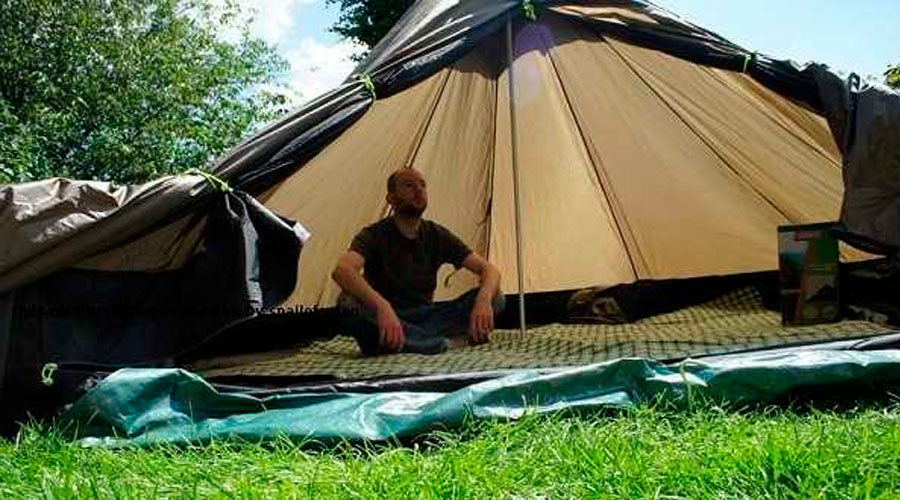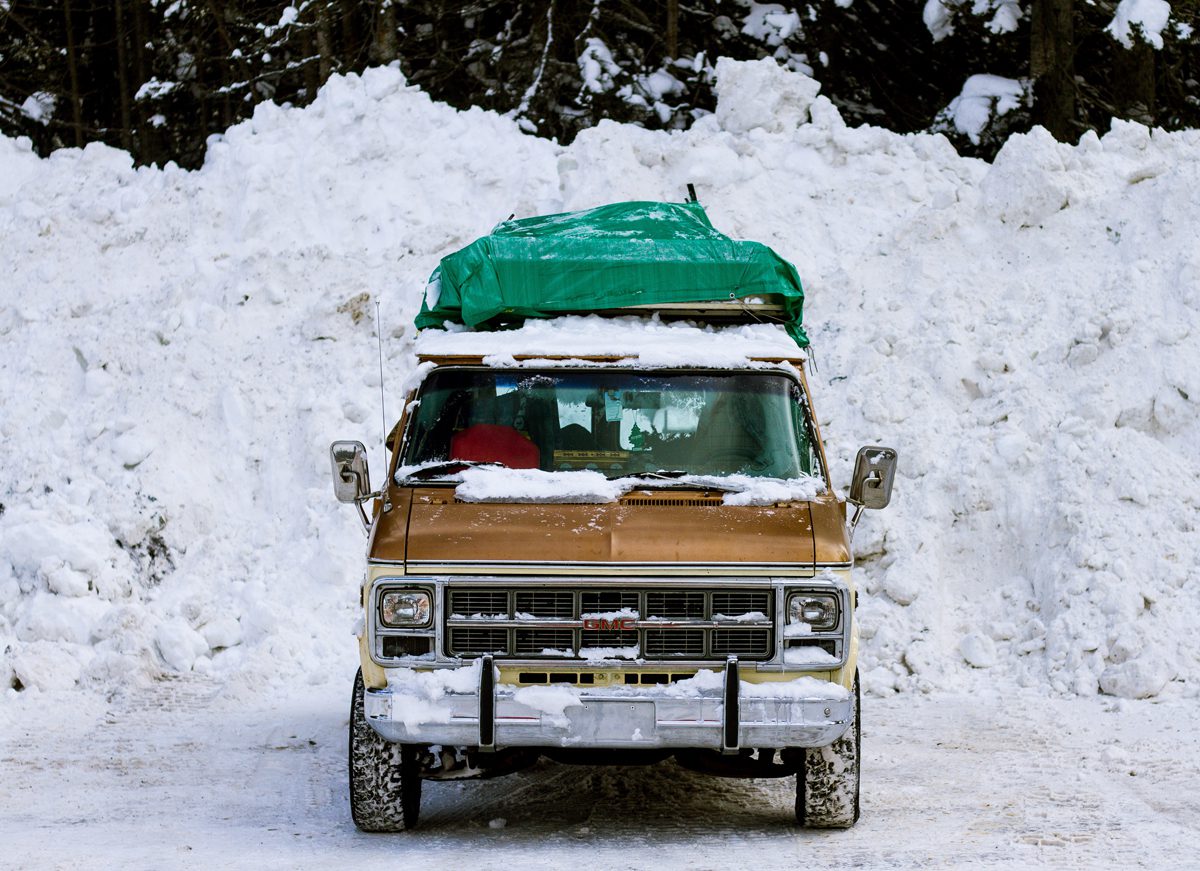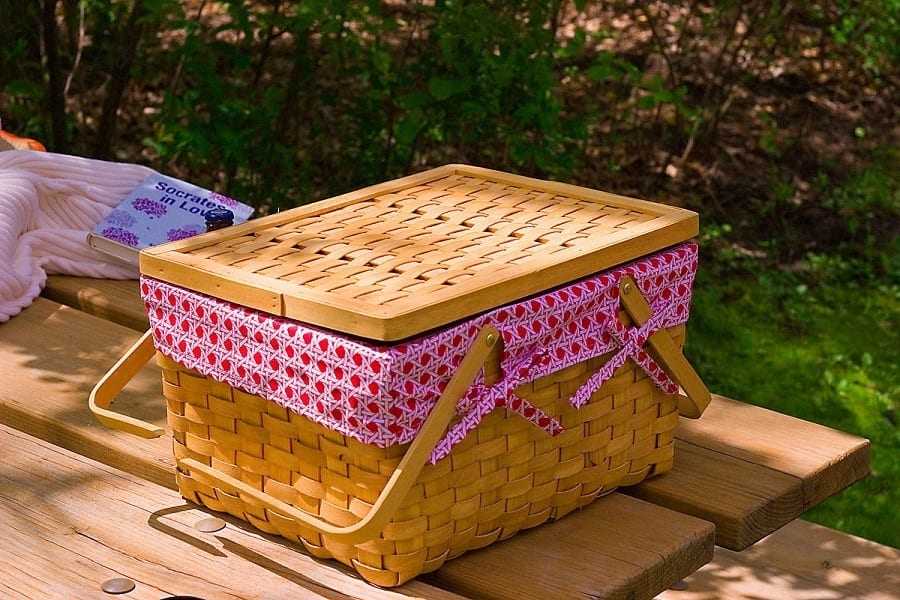Phone
+1-650-666-095
Contact E-mail
[email protected]
Address
16192 Coastal Hwy, Lewes, DE 19958-3608
How To Use A Tarp With Your Camping Tent


Camping is not as difficult to get into as some people seem to think. It is a relaxing pastime that requires a reasonable amount of preparation, but if you are properly prepared, it is quite easy. One of the easiest ways to learn the ins and outs of camping is to go with someone who is seasoned for your first time.
If you are out of luck and you don’t know anyone who has been out camping before, then you should not worry, because we are here to help you out. We are going to be looking at one of the most important parts of your camping kit today, but for all of its importance, it is sorely overlooked.
Many different pieces of gear are crucial to improving your camping experience, and the simple tarp is one of them. You will find that a tarp for camping can be used in many applications. A tarp is more than a simple camping ground cover; it is one of the most versatile pieces of gear to bring when camping.
While a tent can only be used for shelter, you will find that a proper quality tarp will be able to shelter you and so much more. Let’s take a look at some of the ways you can use a tarp in conjunction with your tent and compare to two main methods of doing so.
Why Put A Tarp Under A Tent
The first option and the more common choice is to place a tarp underneath your tent. You will have to fully extend the tarp and ensure it covers as much of the ground as possible before you begin to pitch your tent. Make sure your tent covers as much of the tarp as possible..
Once the tent has been placed down, you will have to turn the edges of the tarp over so they cradle your tent, this ensures that you will have the maximum coverage possible. You may be wondering why you would go through all of this effort to place a tarp underneath your tent, well, let’s explain.


Most camping tents are designed to put up with foul weather and most conditions that you will come across when camping. While some tents feature heavily reinforced undersides, you will find that these models are available for a particularly high price and they are far heavier than most other tents.
If you would like to keep your tent reasonably portable, you will have to opt for a model which features an underside that is reinforced to a reasonable extent. This means that you may have a few issues in adverse conditions.
Risks Of Going Without A Tarp
While it is often a good idea to scour the ground before you place your tent down, you can never fully clear a campsite of potential dangers to your tent. You will find that branches and rocks can present a hazard to the integrity of your tent’s floor, ripping holes in the fabric and compromising the tent.
Another possible issue you will have to deal with when placing your tent is an influx of sudden rain. As most tents are weather resistant enough to keep rain out, you will have no issues with water infiltration from the top. You will, however, have a problem with water infiltrating through the bottom of the tent.
In some of the heaviest rain storms, you may find your tent shifting because of the dirt on which it is placed turning to mud, ruining your anchoring. Another issue is somewhat similar to water infiltration, but worse, you may sometimes have mud seeping through the bottom of your tent during a rainstorm as well.


This can all be solved by placing a tarp underneath your tent before you lay it down. Keep in mind that there are different types of tarps. Some tarps will be better at resisting water infiltration due to a hydrophobic design, but they may not be as thick as other types of tarps under tents, which may still leave your tent vulnerable to punctures.
If you bring a heavy-duty camping tarp along, you will find that your tent will be far more resistant to damage from the ground. If you would like to ensure that your tent remains undamaged for the duration of your camping trip, you will wish to opt for a heavier tarp, but this will weigh you down to a greater extent.
Camping Tent Inside With Tarp
The other option you have is to place a tarp inside of your camping tent. This will provide a more reliable barrier against water infiltration since you will be sitting on the tarp, which has a greater level of water resistance than most tents. There is a tradeoff to doing this, however.
You will find that a camping tent which has a tarp placed inside of it is at much more of a risk to damage from objects that are on the ground, as the tarp will not be protecting the bottom. This eliminates one of the main reasons for using a tarp, but this does not mean that it is not a good idea to place a tarp on the interior of your tent.


You can optimize your choice of tarp position by taking a look at the prevailing conditions while you camp. If you are camping in a prepared camping zone with no stones or twigs on the ground, but you expect rain, you may wish to opt for a tarp on the interior of your tent.
Conclusion
As you can see, the choice of tarp placement is up to a combination of your tent, your campsite, and the weather. Some campers even choose both options, and position a tarp on the interior and another on the exterior of their tents, but this does have downsides when it comes to extra weight.
Resources:




